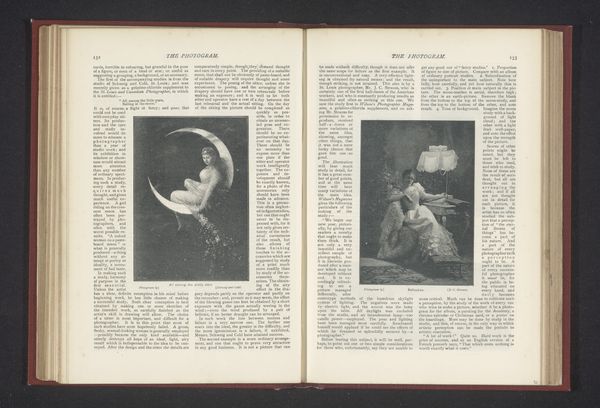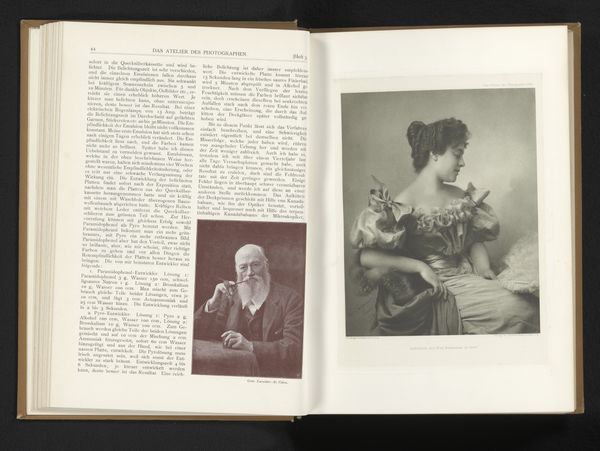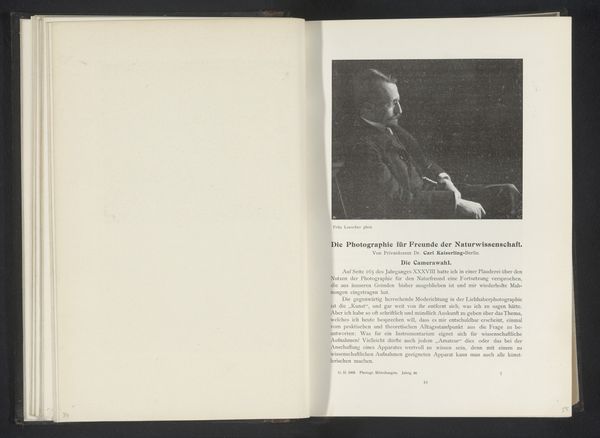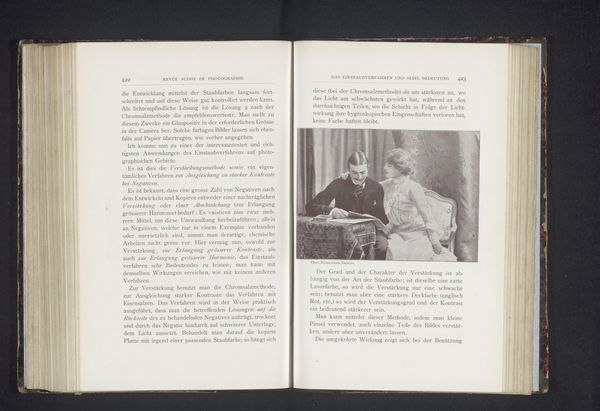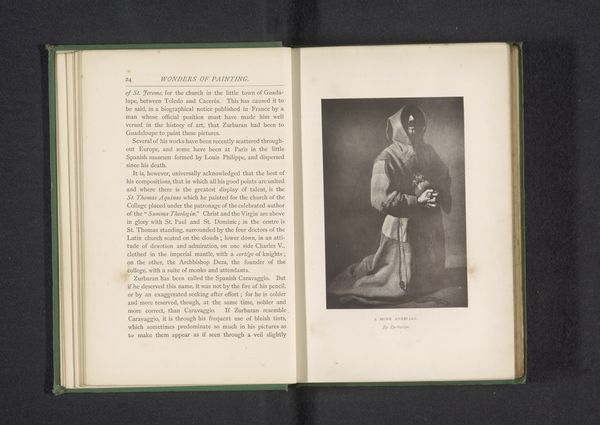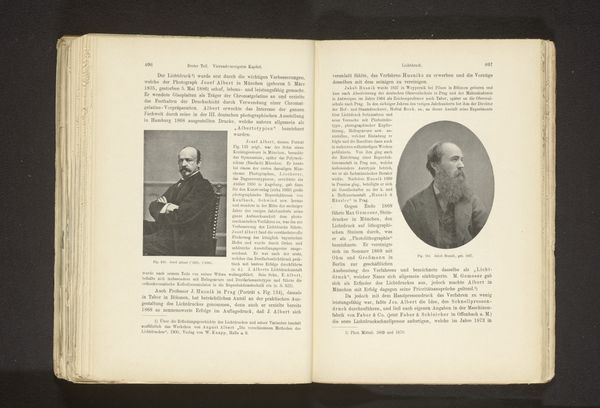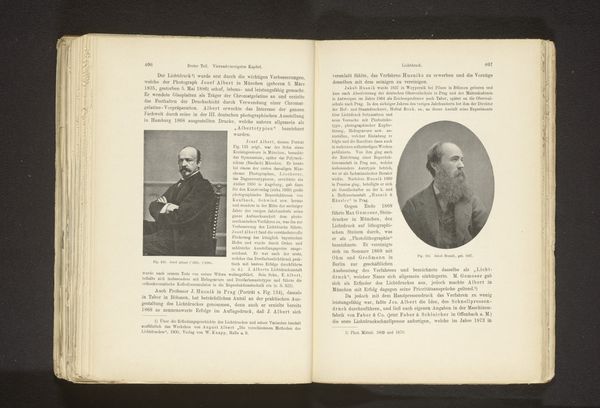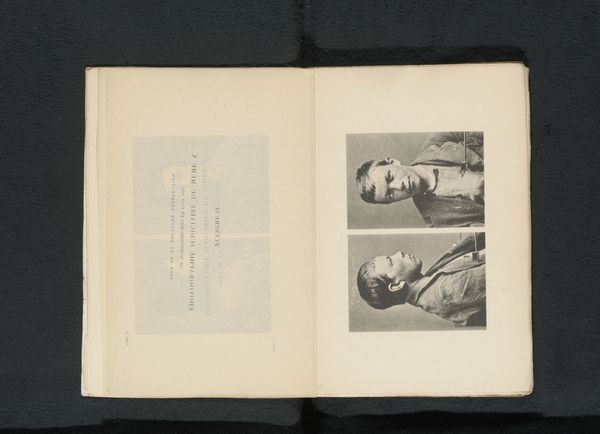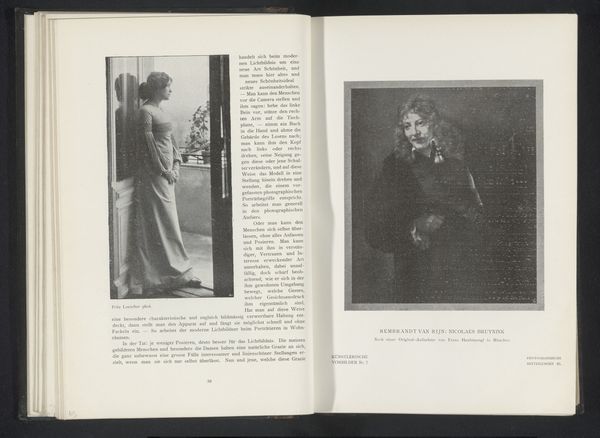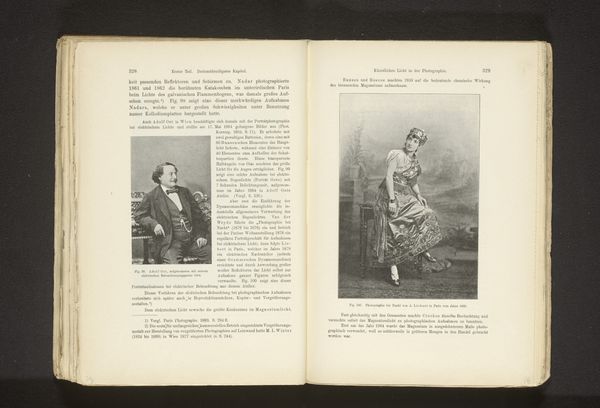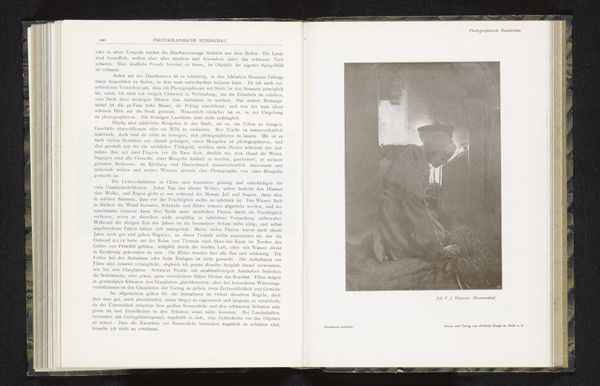
print, photography, gelatin-silver-print
#
portrait
# print
#
photography
#
gelatin-silver-print
Dimensions: height 216 mm, width 150 mm
Copyright: Rijks Museum: Open Domain
Curator: This intriguing gelatin silver print, titled "Portrait of an Unknown Man," comes from before 1900 and its creator is Erwin Raupp. The man’s features are cast in deep shadow, a melancholic tone washing over the piece. What's your immediate impression? Editor: It's arresting. The deep chiaroscuro evokes a sense of inner turmoil, like a painting by Rembrandt, though captured by the stark realism of early photography. The averted gaze suggests contemplation, perhaps even regret. There’s a gravity that transcends the subject's anonymity. Curator: Absolutely. Consider the era. The late 19th century witnessed intense shifts in class and social structure and Raupp was most active as an artist at this time. A portrait like this becomes a window into the anxieties of masculinity and its crisis of identity, its status constantly challenged by forces in the wider world. He looks like he is weighed down with societal expectation. Editor: Yes, and the photograph’s printing process itself informs this symbolism. The silver gelatin lends a sharp contrast, almost exaggerating the lines of age and care on his face. Look at how the high collar almost boxes in his expression and neck: that framing could itself symbolize the repression he may be feeling in a hierarchical, perhaps oppressive world. Is it meant to indicate any affiliation through clothing? Curator: It is difficult to determine if it signifies his specific social role, or maybe a political viewpoint with its conformity; there’s no further metadata regarding his profession or social circles that might explain the specific clothes worn. It is what remains unknown that adds to the power of this image. Editor: Indeed, the very act of preserving his image, however obscurely, suggests a desire for recognition. The cultural weight of the portrait—its inherent immortality—compounds his sense of weighty self-reflection. As much as photography records, it seems to memorialize here. Curator: Exactly! This work prompts vital questions about gender, representation, and photography's own role in perpetuating and also capturing images of men. I am glad this portrait resonates on such a deeper plane! Editor: Me too. This makes me think deeply about how photography preserves both appearance and emotional reality. It shows us his personal expression—a fragment of existence eternally held by art and his placement in wider German society.
Comments
No comments
Be the first to comment and join the conversation on the ultimate creative platform.
